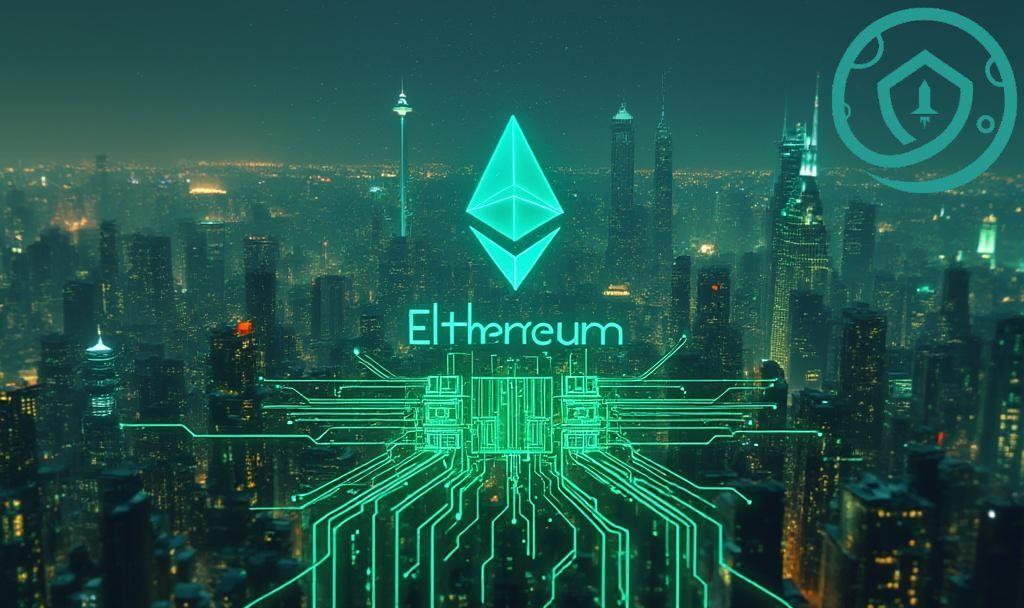
- Ethereum’s regained market position emphasized by stablecoin volume surge.
- Transaction costs on mainnet decrease, attracting more liquidity.
- Layer-2 solutions see declining stablecoin supply as volumes move back to L1.
Ethereum’s resurgence as a DeFi leader is crucial, leading to increased liquidity and reducing transaction costs. These changes affect a broader move back from Layer-2 solutions to the mainnet.
Ethereum’s path to regaining its status in the DeFi sector was propelled by a substantial surge in stablecoin activity, totaling $480 billion in May 2025. This represents a significant shift from previous years when high gas fees were pushing users to Layer-2 solutions. Core developers and trading bot operators played pivotal roles, emphasizing Ethereum’s scalability and liquidity improvements.
Automated trading bots have significantly contributed to the mainnet’s market efficiency. This regained interest has not only improved liquidity but also attracted institutional investment back to the Ethereum ecosystem. As a result, major coins like ETH are gaining traction, while Layer-2 governance tokens witness a decline.
With Ethereum holding 60% of the global stablecoin transaction volume, analysts suggest that the network’s focus on resolving cost issues is critical. Illia Otychenko, Lead Analyst at CEX.io, stated, “The network needs to solve cost and liquidity fragmentation across layers. This isn’t just a technical issue. It’s what will decide whether Ethereum leads or lags in the next phase of adoption.” Potential ramifications include further financial advantages, diminished dominance of Layer-2 solutions, and evolving technological strategies. The community must address these challenges to sustain Ethereum’s leadership.






